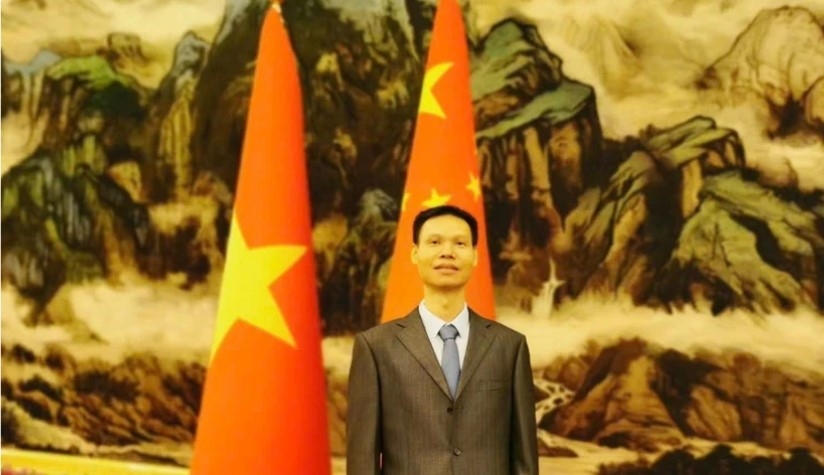Premier Li Qiang’s Vietnam visit helps promote building of community with shared future
VOV.VN - The official visit to Vietnam from October 12 to October 14 by Chinese Premier Li Qiang not only continues the high-level exchanges between both sides, but also marks a new starting point for future ties, according to journalist Qiao Jun, an expert on Vietnam at China Media Group (CMG).

Premier Li’s visit takes place amid both countries set to celebrate the 75th anniversary of their diplomatic ties next year, as well as the building of a Vietnam-China community with a shared future which carries strategic significance will be elevated to a new level, Qiao said.
It is therefore of important significance in further deepening the building of the Vietnam-China community with a shared future, as this is the first visit to Vietnam by the premier since he assumed office in March, 2023.
During his stay in Hanoi, Premier Li is scheduled to meet with Party General Secretary and State President To Lam, hold talks with Prime Minister Pham Minh Chinh, and meet with National Assembly (NA) Chairman Tran Thanh Man.
The two sides will compare notes on many important issues, with focus on realising the key common perceptions achieved by the highest leaders of the two countries and further promoting the construction of the Vietnam-China community with a shared future.
Journalist Qiao said that during this visit, railway co-operation remains a key focus, with the two sides promoting collaboration to swiftly implement railway projects such as Lao Cai – Hanoi – Hai Phong, Lang Son – Hanoi, and Mong Cai – Ha Long – Hanoi. For Vietnam, the completion of these projects will significantly improve domestic transportation infrastructure, reduce logistics costs, boost trade with the northern neighbour, and provide strong momentum for the development of the Vietnamese economy.
In addition, the two sides will actively discuss and expand co-operation and connectivity between the ‘Belt and Road’ initiative and the ‘Two Corridors, One Belt’ framework; speed up the establishment of 'hard connectivity' through railways, roads, and border gates; while strengthening 'soft connectivity' through smart customs, along with building a stable and secure industrial and supply chains.


